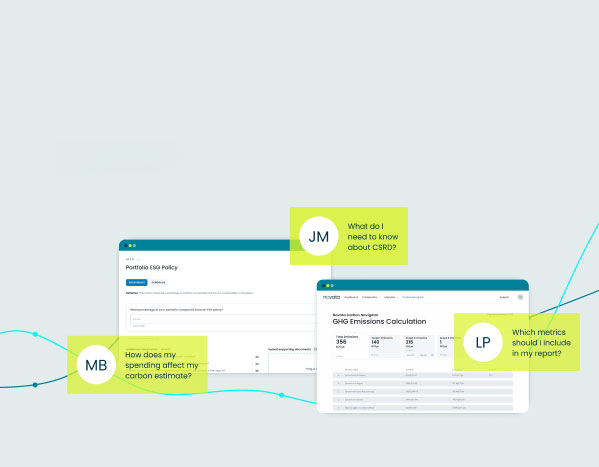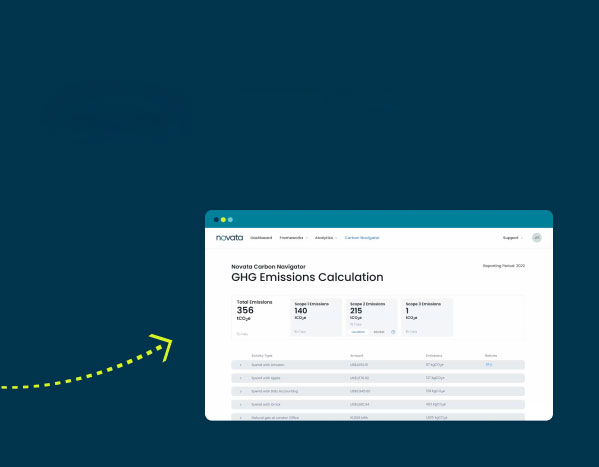Are you new to the term “ESG,” wondering what it is, and what you should be doing? Are you getting what seems like sudden pressure from investors to report on ESG performance? We are here to help. The reality is that ESG refers to a broad range of topics. All organizations already are responding to many ESG related concerns and have put in place policies, especially with regards to Social practices. The question is, therefore, how to map existing efforts to a broader strategy and track progress.
What Exactly Is ESG?
ESG, short for Environment, Social, and Governance, are sets of issues companies should account for when operating their businesses. They have also become a means by which companies can be evaluated by their employees, customers, investors, and the public at large.
Each letter in the acronym ESG represents a category and various issues fall within each category. For example, under the “E” or “Environment” category is tracking an organization’s carbon footprint and making strides to reduce greenhouse gas emissions. Under the “S” or “social” includes understanding the makeup of your workforce. Under “G” or “Governance” includes procedures to ensure the company and its employees don’t engage in acts of corruption.
Together, ESG issues are understood to affect a company’s “license to operate as a business within the external world.” Research shows organizations committed to ESG are given consumer preference, have an edge in talent recruitment, have a more productive workforce, and generate overall higher returns.
How to “Do ESG”
Step 1: Articulate an ESG Strategy
An ESG strategy begins with identifying a company’s purpose. How can the company’s reason for being be tied to societal good? Conduct a materiality assessment to find out which ESG issues matter most to your stakeholders. ESG Standards like ISSB can point to some topics that are most pertinent to your industry. Conducting a competitor analysis will also help your team evaluate areas for improvement and understand what best in class looks like.
Step 2: Identify Appropriate Data Points and Establish Goals
Once you have done the work of understanding which issues map best to company purpose, business, and stakeholder interest, it’s time to determine how you’ll measure performance. This requires setting your ESG objectives and identifying which data points are most relevant to track progress.
Step 3: Track, Evaluate, and Disclose Performance on ESG Matters
You cannot change what you do not measure. Critical to a successful ESG strategy is setting goals, measuring progress against those goals, and communicating that progress to stakeholders. Software can help by providing a secure place to store, analyze, and report out ESG data.
Learn More About ESG Reporting
Making ESG part of your business doesn’t have to be complex. Get started using basic metrics, taking into account what you’re already doing, and then build from there. After all, ESG itself is an iterative and continuous process. As research and science evolves, we’re going to uncover better ways to be responsible corporate citizens and will together achieve more inclusive capitalism as a result.
Wherever you are in your ESG journey, we are ready to meet you there. Learn more about how Novata can help make ESG more accessible and achievable today.






